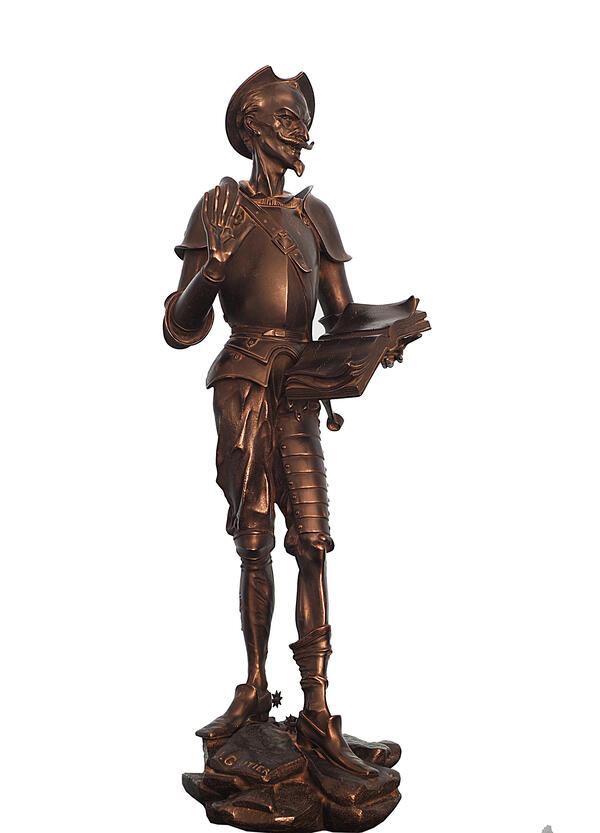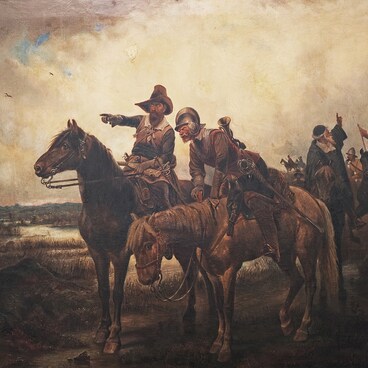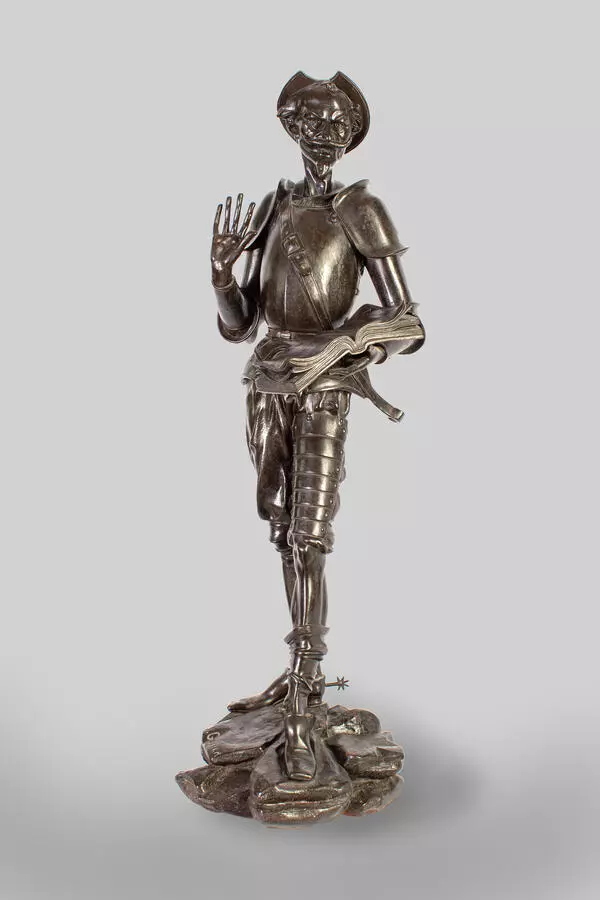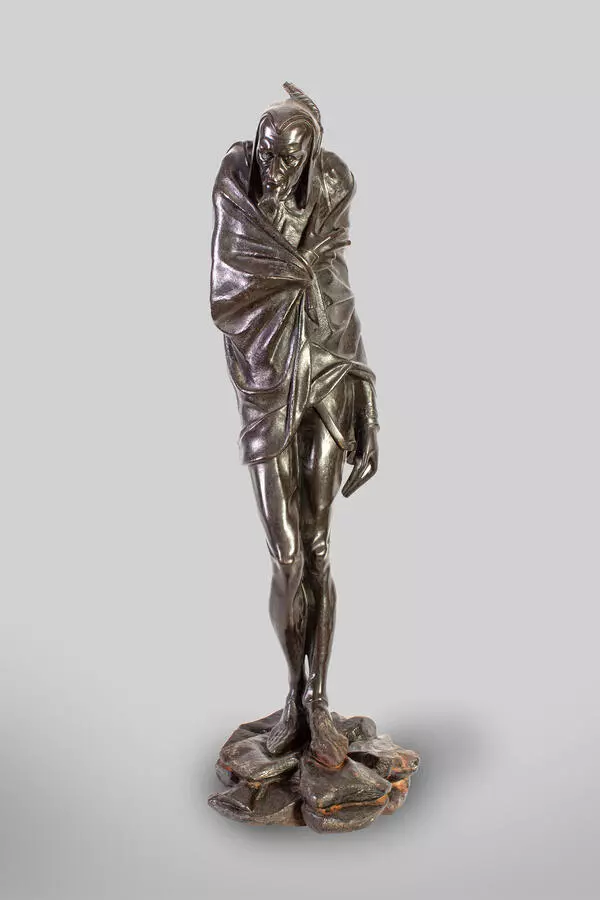In 1746 the Tula based merchant Yakov Korobkov bought land property and founded ironworks in the Southern Ural, therefore he started Kasli factory. However, the factory didn’t make profit because of some difficulties. The founder made a decision to sell it and in 1751 Nikita Demidov became its new owner. Since then the factory started to work to the full extent producing artworks in foundry-iron and handcrafted casting.
According to the art historian Boris Pavlovsky, the 19th century is the golden age of the Kasli artistic casting. One of the popular activity areas of the factory was making cabinet sculpture, which was actively developing back then. Kasli’s craftsmen elaborated the distinct style which included preciseness, laconicism of a silhouette, significance of details, smoothness of the finished surface, play of light and shadow altogether giving each work its individual image. The regular participation in the Russian and foreign exhibitions played a significant role in the development and acknowledgement of the Kasli craftsmen’s work quality.
The works made by foreign professionals served as the sample pieces for sculptures. Among them were the models Don Quixote and Mephistopheles made by French sculptor Jacques Louis Gautier in 1870. In his work the sculptor was inspired by the novel of Miguel de Cervantes The Ingenious Gentleman Don Quixote of La Mancha. The main character of the novel had a self-sacrificing personality, strived to save the innocent ones, fought with evil and injustice. The sculpture is the allegorical impersonation of the word “kindness”. These images became very popular and were cast in iron at Kasli factory since 1887.
High professionalism of the Kasli specialists gave them possibility to participate in the international exhibitions, where they could show their art and get themselves familiar with achievements of the world art. Such exhibitions took place in Russia in 1896 and in Paris in 1900. The factors of success in artistic casting of that period were the special molding compounds, high quality of cast iron, the specialists of the world class, and also well-chosen unique models and themes for their works.
This exhibit item was cast from iron in 1899, the pedestal has lettering J. Gautier. The figure epitomizes characteristic traits of the Kasli craftsmen’s skills, such as detailed drawn elements of the figure and the armour, clear lines of the silhouette, polished surfaces that create the contrast play of light and shadow and originality of the image.





